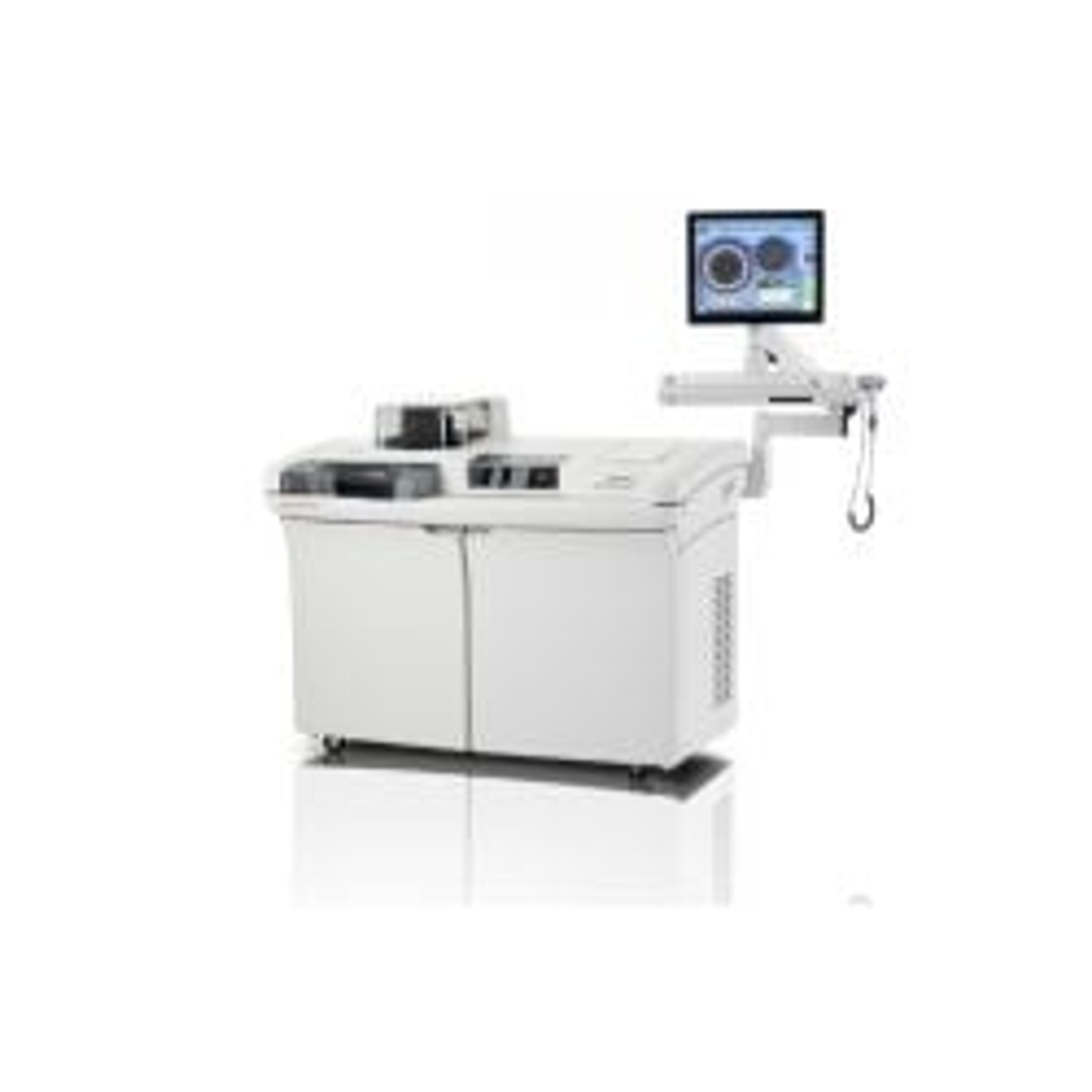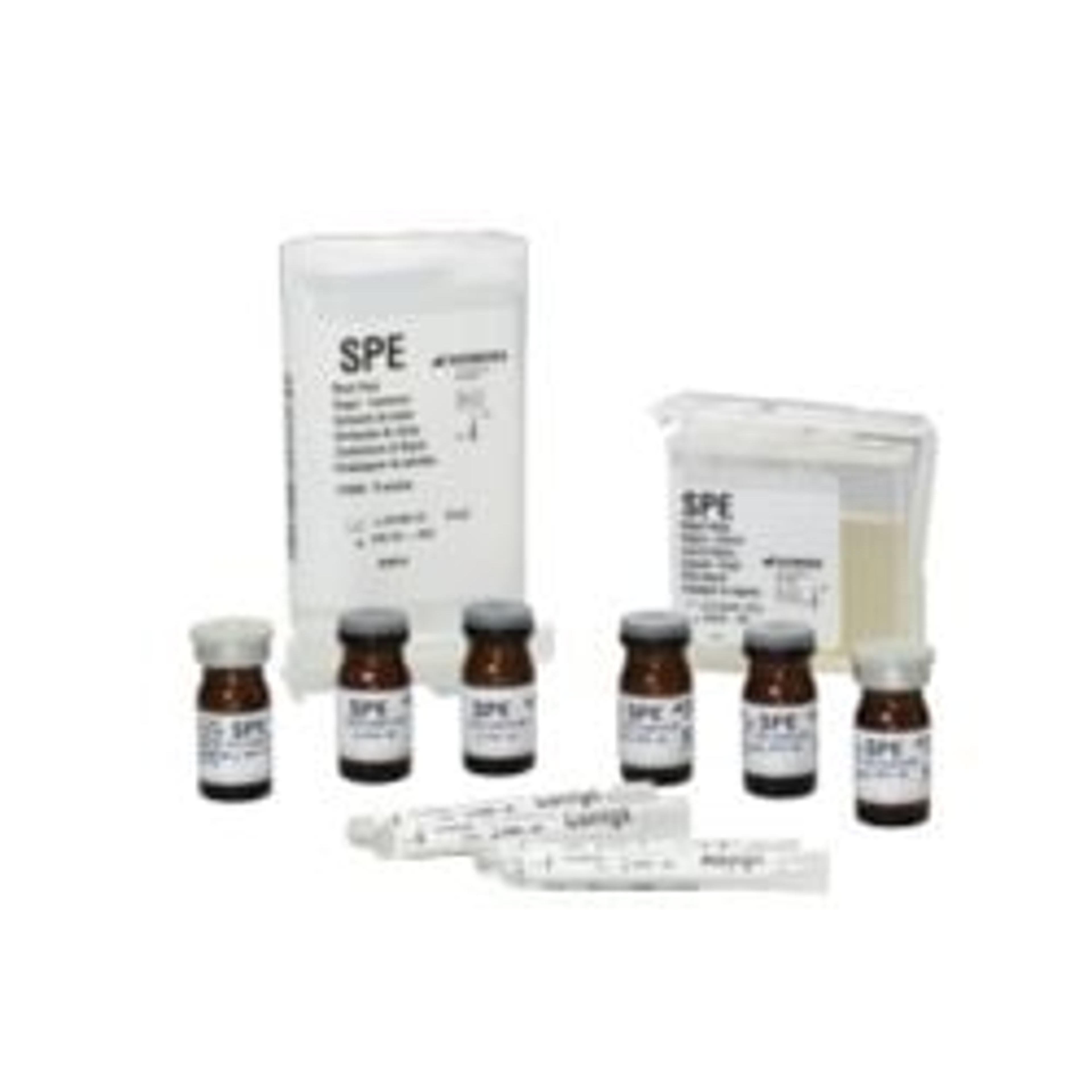Changing the future of food allergy testing with advanced diagnostic methods
Explore advances in lab testing methods moving food allergy diagnosis beyond skin pricks and into molecular precision
6 Oct 2025
Prof. Dr. Lucila Camargo Lopes de Oliveira, associate professor in the Division of Allergy and Clinical Immunology, Department of Pediatrics at the Federal University of São Paulo
Food allergies are a growing global concern, affecting children and adults alike. Their prevalence continues to rise, creating challenges not only for patients and families, but also for healthcare providers and health systems. The World Health Organization (WHO) estimates that food allergies affect about 10% of the global population1. The rise in food allergies may be attributed to changes in modern lifestyles, such as the rising popularity of fast food, and city living, as well as any genetic or biological predispositions. At the same time, diagnostic approaches are becoming more refined, moving beyond traditional methods to incorporate advanced immunological insights.
In a recent SelectScience® webinar, Prof. Dr. Lucila Camargo Lopes de Oliveira, associate professor in the Division of Allergy and Clinical Immunology, Department of Pediatrics at the Federal University of São Paulo, explores the spectrum of diagnostic tools available today, from skin prick testing to component-resolved diagnostics and the basophil activation test.
The role and limits of oral food challenges
The ‘oral food challenge’ remains the gold standard for confirming food allergies. Patients are exposed to incremental amounts of the suspected allergen under medical supervision in a controlled environment. “Oral food challenges still remain the gold standard diagnostic tool, mainly the offer of the culprit food under medical supervision with staff that is trained to manage severe reactions,” Dr. Camargo Lopes de Oliveira explains.
Yet, as she highlights, the test is not without its barriers. “Although we allow oral food challenge as the gold standard diagnostic tool, we have to acknowledge that it is not always accessible, it is not always recognized or reimbursed by the health system, and above all, it is not without risk for our patient,” says Dr. Camargo Lopes de Oliveira. Severe reactions can occur even under supervision, which reinforces the need for alternative or supporting tests that can reduce reliance on food challenges alone.
A three-step approach to diagnosis of food allergies
To improve diagnostic precision and safety, Dr. Camargo Lopes de Oliveira recommends a structured process. “In order to diagnose IgE-mediated food allergy, a three-step approach is recommended, starting with suggestive clinical history. After that, we proceed with auxiliary exams that can either be skin prick to extract or fresh food, or even the measurement of a specific IgE to allergens or its component. And after that, when we still have doubts or we have ambiguous cases, then we should proceed with oral food challenges.”
Clinical history is especially important, as it distinguishes genuine allergy from mere sensitization. “Sensitization means that the immune system has produced a specific IgE to one allergen… and that does not automatically mean that the person will react when exposed. Allergy means that this person reacts when exposed to the food, has specific IgE and reacts when exposed to the food,” she explains. The distinction underscores why diagnostic interpretation must always be grounded in clinical context rather than laboratory data alone.
Skin prick tests and serum-specific IgE
The skin prick test is one of the oldest and most widely used diagnostic tools. It involves introducing allergen extracts, or in some cases fresh foods, into the skin and observing the reaction. “If the patient has IgE to the culprit food, in about 15 minutes there will be a wheal and flare reaction,” Dr. Camargo Lopes de Oliveira notes.
She describes prick-to-prick testing, where fresh foods are used instead of standardized extracts, as especially useful for labile allergens that are underrepresented in commercial preparations. The strengths of the method include ease of use and suitability for unstable proteins. However, Dr. Camargo Lopes de Oliveira cautions about its limitations: “It has drug interferences… it cannot be applied on damaged skin… it has a minor risk for severe reactions… and it may suffer interference of dermographism.”
Serum-specific IgE testing offers another essential tool. Technologies vary, with some assays using solid or liquid phases, chemiluminescence, or fluorescence to detect antibodies. “Because of these different techniques… they may produce slightly different results. But what we need to understand is that we need to be careful if we’re ordering exams or specific IgE measurements that we can rely on,” Dr. Camargo Lopes de Oliveira says.
Singleplex assays provide quantitative results with higher sensitivity, while multiplex assays can simultaneously test for many allergens with only a small serum sample, making them useful in pediatric cases or suspected multiple sensitizations. However, multiplex results are often semi-quantitative and less customizable.
Peanut allergy as a case study
Peanut allergy exemplifies the power of component-resolved diagnostics (CRD). Dr. Camargo Lopes de Oliveira points to the landmark work of Sampson and colleagues, who proposed a serum IgE cut-off to predict peanut allergy. But she urges caution, “When we applied Sampson’s cut-off level, we ended up with 28% of wrong diagnoses. That’s what I want to highlight to you. Be careful, be critical when applying cut-off values obtained in other populations to your patient. You may end up with a wrong diagnosis.”
CRD allows clinicians to move beyond whole-extract testing to identify sensitization patterns to specific peanut proteins. “Ara h 1, 2, 3, and 6 are due to genuine sensitization to peanut, and they are stable proteins that are related with severe reactions. People who are sensitized to Ara h 8, a PR-10 component in peanut, are sensitized primarily to birch pollen and they are associated with mild reactions in the clinic,” she explains. Ara h 9, meanwhile, links to primary sensitization to peach.
The clinical utility of component testing lies in risk stratification. Dr. Camargo Lopes de Oliveira emphasizes how specificity differs across methods. “The test that has the highest sensitivity is the skin prick test to peanut with 97% sensitivity, and specificity is gained with the measurement of specific IgE to Ara h 2. That’s what we have seen.” This means a negative skin prick test strongly argues against allergy, while a positive Ara h 2 test more reliably rules it in.
Advancing functional testing with basophil activation
Another emerging tool is the basophil activation test (BAT). “This is a very interesting test. It’s a functional test where we go beyond just the presence of a specific IgE,” Dr. Camargo Lopes de Oliveira says. By stimulating a patient’s basophils with allergens and measuring cellular activation markers via flow cytometry, BAT provides insight into functional allergic reactivity.
This is a very interesting test. It’s a functional test where we go beyond just the presence of a specific IgE.
Dr. Camargo Lopes de Oliveira Division of Allergy and Clinical Immunology, Department of Pediatrics at the Federal University of São Paulo
Strengths of BAT include its safety and ability to capture more than sensitization alone. However, Dr. Camargo Lopes de Oliveira notes practical challenges, “It still faces some difficulties, like the need for standardization, it needs fresh blood… you have a rate of non-responders that is around 11% to 15%.” Despite these limitations, its diagnostic accuracy is compelling. “In the context of peanut allergy, we can see that this is a very interesting test that shows very distinct results,” she says. The European Academy of Allergy and Clinical Immunology now recommends BAT in the context of peanut and sesame allergy when available.
Interpreting results in context
Across all tests, Dr. Camargo Lopes de Oliveira stresses that interpretation requires an understanding of sensitivity, specificity, and predictive values, which vary across populations. “That’s why we need to be careful when applying cut-off values from tests that were obtained in different populations… because it can lead us to misdiagnosis,” she cautions.
Geographic variation in sensitization patterns further complicates interpretation. For example, birch pollen cross-reactivity dominates in Northern Europe, while lipid transfer proteins drive sensitization in Mediterranean populations. In Brazil and the United States, primary sensitization to peanut proteins is more common. Such variations underline the importance of tailoring diagnostic strategies to the patient’s background and environment.
Toward more precise diagnosis and better outcomes
The goal of modern food allergy diagnostics is to minimize unnecessary dietary restrictions while ensuring patients at genuine risk are protected. Dr. Camargo Lopes de Oliveira summarizes the clinical imperative, “We don’t want to say someone is allergic and to put this person under unnecessary food restriction. And we also don’t want to rule out an allergy when the person is allergic to the food.”
From the practicality of skin prick testing to the specificity of component diagnostics and the promise of functional assays like BAT, the field is moving toward a more nuanced understanding of allergic disease. These tools, applied thoughtfully, can sharpen diagnostic accuracy, reduce reliance on risky oral food challenges, and ultimately improve patient care.
Watch the full P.A.C.E.® and ACCENT accredited webinar here to learn more about advanced food allergy diagnostics.
Learn more about allergy testing from Siemens Healthineers.
Reference:
1. Tanno, L. K., & Demoly, P. (2022). Food allergy in the World Health Organization's International Classification of Diseases (ICD)-11. Pediatric allergy and immunology : official publication of the European Society of Pediatric Allergy and Immunology, 33(11), e13882. https://doi.org/10.1111/pai.13882


